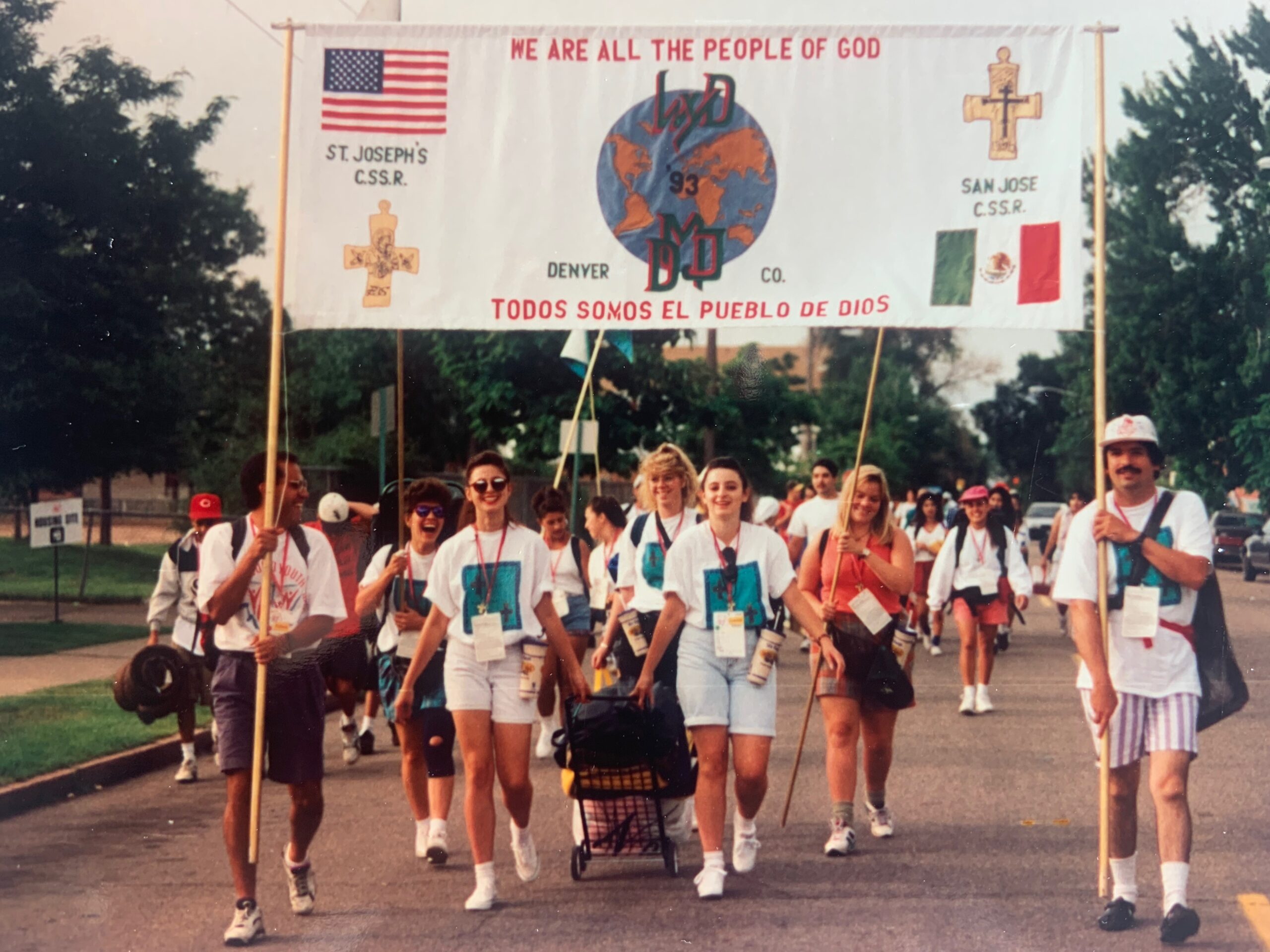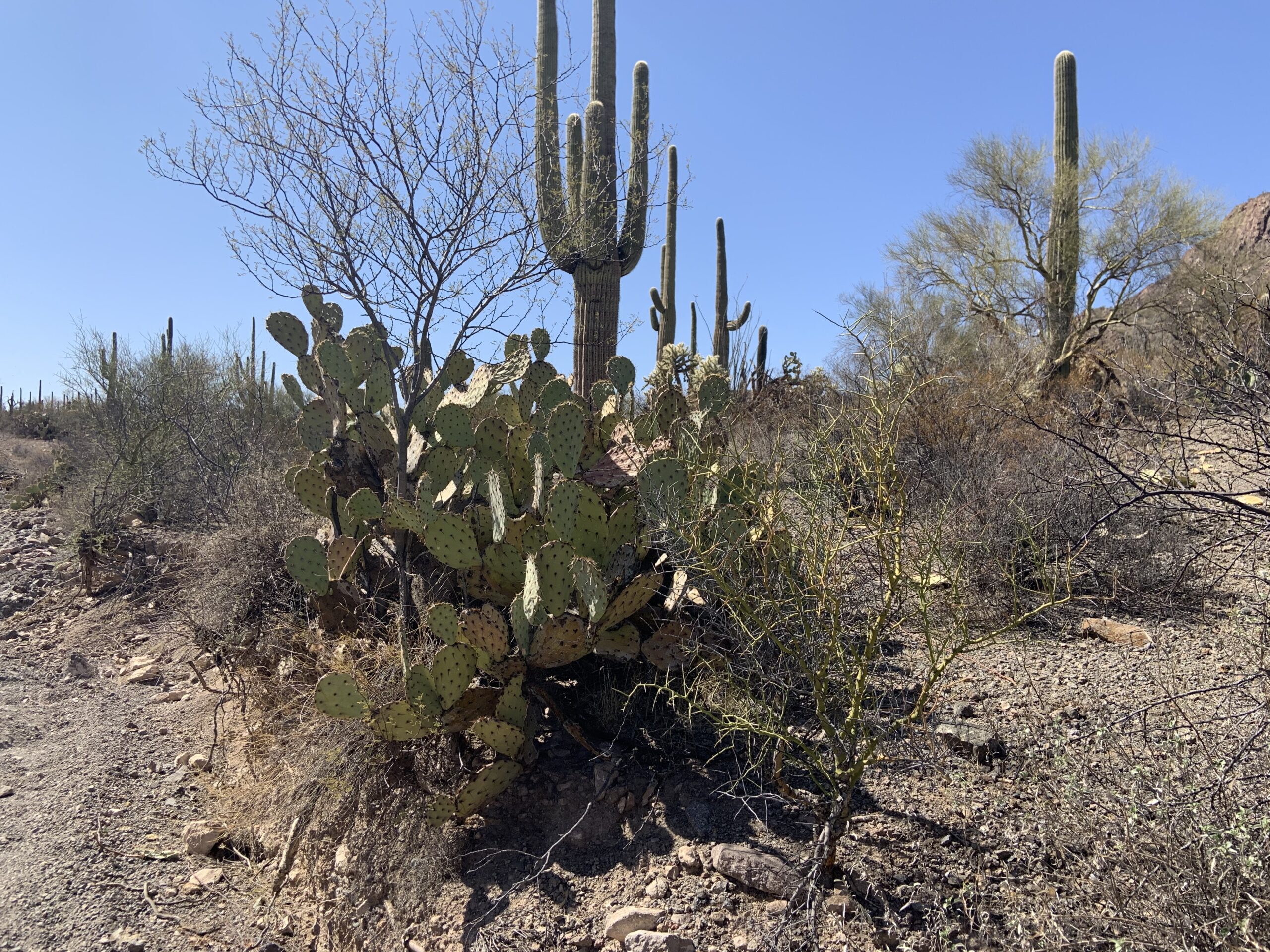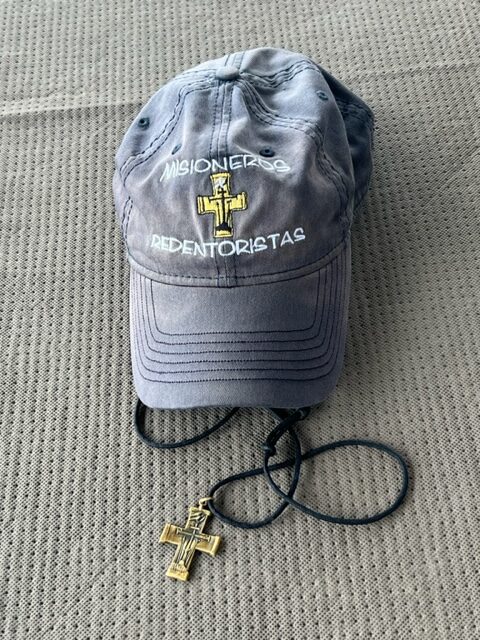Catholicism in the United States / El catolicismo en los Estados Unidos
(Este blog es del libro, La Fe del Migrante, página 37.)
Hay grandes diferencias en la experiencia del catolicismo en los Estados Unidos y en América Latina. La Iglesia Católica en los Estados Unidos está profundamente impactada por la experiencia de la inmigración. La Iglesia ha crecido en un ambiente de libertad religiosa que no es común en otras partes del mundo. La historia de la Iglesia Católica en América Latina es una de evangelización misionera y de conversión.
El catolicismo en los Estados Unidos
Evangelización por inmigración
Cuando los Estados Unidos se formaron, había una falta de confianza en la lealtad del “papista”, el católico. Los inmigrantes irlandeses, italianos, alemanes y polacos eran objeto de gran discriminación por “aferrarse” a su religión católica. Muchos inmigrantes católicos de Europa se acomodaron en ciertas vecindades en las ciudades. Especialmente en las ciudades del este, había vecindades étnicas y muchas de las iglesias se identificaban con una comunidad étnica. A menudo los sacerdotes en esas iglesias eran de la tierra natal. Las comunidades rurales solían recibir mucha gente de una nacionalidad u otra. Un pueblo era alemán, otro ruso, otro portugués y otro irlandés.
Las escuelas católicas tenían una función importante en la formación de una sociedad multiétnica o “crisol de razas” en la sociedad americana. Las misas se celebraban en latín. Cuando terminaba la misa, los adultos se reunían: italianos con italianos; alemanes con alemanes; polacos con polacos; e irlandeses con irlandeses. Los jóvenes iban a las mismas escuelas, hablaban inglés y convivían con otros grupos en los deportes y en el trabajo. Surgía una nueva unidad. Las gentes de varios grupos étnicos lucharon en las guerras mundiales y forjaron relaciones que cruzaron fronteras religiosas y étnicas. Los matrimonios mixtos eran comunes.
El catolicismo en Estados Unidos y el orgullo americano estaban en su apogeo en el tiempo del Concilio Vaticano II. El católico americano, de descendencia europea, construyó la Iglesia Católica en la mayor parte de los Estados Unidos. Cuando hubo migraciones de América Latina, Asia, África y de todas partes del mundo, las expresiones culturales de la fe que no tenían su origen en el catolicismo europeo retaron a la Iglesia Católica en América. Aumentó el número de migrantes de Asia, África y América Latina al mismo tiempo que ocurrían cambios en la Iglesia después del Concilio Vaticano II.
En los Estados Unidos, las dificultades en la unidad de la Iglesia en la diversidad de la migración global están relacionadas a los conflictos de raza y cultura, pero eso no explica el conflicto en su totalidad. La disminución de escuelas católicas, celebraciones de misas en latín y un aumento significativo en la población migrante e inmigrante católica, han retado los métodos de evangelización y catequesis. Nuevos métodos de evangelización y la organización de la comunidad son necesarios para el futuro de la Iglesia Católica en los Estados Unidos.
(Si tienes observaciones o preguntas para Padre Migrante, envían las a padremigrante@gmail.com)
(Today’s blog is from my book, Migrant Faith, pages 33-34.)
There are significant differences in the experience of Catholicism in the United States and in Latin America. The Catholic Church in the United States is deeply impacted by the experience of immigration. It has grown in an environment of religious liberty not experienced in other parts of the world. The story of the Catholic Church in Latin America is one of missionary evangelization and conversion.
Catholicism in the United States
When the United States began, there was a lack of trust in the loyalty of the “papist”, the Catholic. The Irish, Italian, German and Polish immigrants were targets of great discrimination for “clinging” to their Catholic religion. Many Catholic immigrants from Europe gathered in certain neighborhoods in the cities. Especially in Eastern cities, there were ethnic enclaves and many of the churches, often served by priests from the homeland, were identified with one ethnic community. Rural communities tended to receive many people from one nation or another. One town was German, another Russian, another Portuguese, and another Irish.
Catholic schools played a significant role in the “melting pot” experience of American society. Masses were celebrated in Latin. After Mass was over, the adults gathered: Italians with Italians; Germans with Germans; Polish with Polish; and Irish with Irish. The young people went to the same schools, spoke English and mixed with other groups in sports and in the workplace. A new unity was emerging. People from various ethnic groups fought together in World Wars and formed relationships that crossed ethnic and religious lines. Mixed ethnic and mixed religion marriages became common.
U.S. Catholicism and American pride were alive and vibrant at the time of the Second Vatican Council. The American Catholic with European heritage built the Catholic Church in much of the U.S. As migrations came from Latin America, Asia, Africa and all parts of the world, the exposure to cultural expressions of faith that did not find their origin in European Catholicism challenged the Catholic Church in America. The number of migrants from Asia, Africa, and Latin America increased greatly at the same time as changes were taking place in the Church after Vatican II.
In the U.S., difficulties in the unity of the Church in the diversity of global migration are tied to American struggles with race and culture, yet that does not explain the entire struggle. The decline of Catholic schools, celebrations of Masses in the vernacular and significant growth of the Catholic populations from the migrant and immigrant populations have challenged methods of evangelization and catechesis. New methods of evangelization and community organization are necessary for the future of the Catholic Church in the United States.
(If you want Padre Migrante to respond to your concerns or questions, write to: padremigrante@gmail.com)
Oh Jesús, tú nos llamas: “Síganme”. Bendice, Señor, a todos los que acogen tu llamado. Puede que el camino no sea fácil, pero tenemos la confianza de que todo es posible si caminamos contigo. Que este viaje nos abra los ojos a las maravillas de tu amor por nosotros. Oramos por toda tu gente, por todos los creyentes e incrédulos, por los líderes y seguidores. Oramos por la sanación, el perdón, la compasión, la justicia y la paz. Oramos para que, al seguirte, nosotros también podamos ser pescadores de hombres. Bendícenos en nuestro viaje.
O Jesus, you call us, “Come after me.” Bless, O Lord, all who welcome your call. The path may not be easy, but we have confidence that all things are possible if we walk with you. May this journey, open our eyes to the wonders of your love for us. We pray for all your people, for all believers and unbelievers, for leaders and followers. We pray for healing, for forgiveness, for compassion, for justice, for peace. We pray that as we follow you, we too can be fishers of men. Bless us on our journey.




